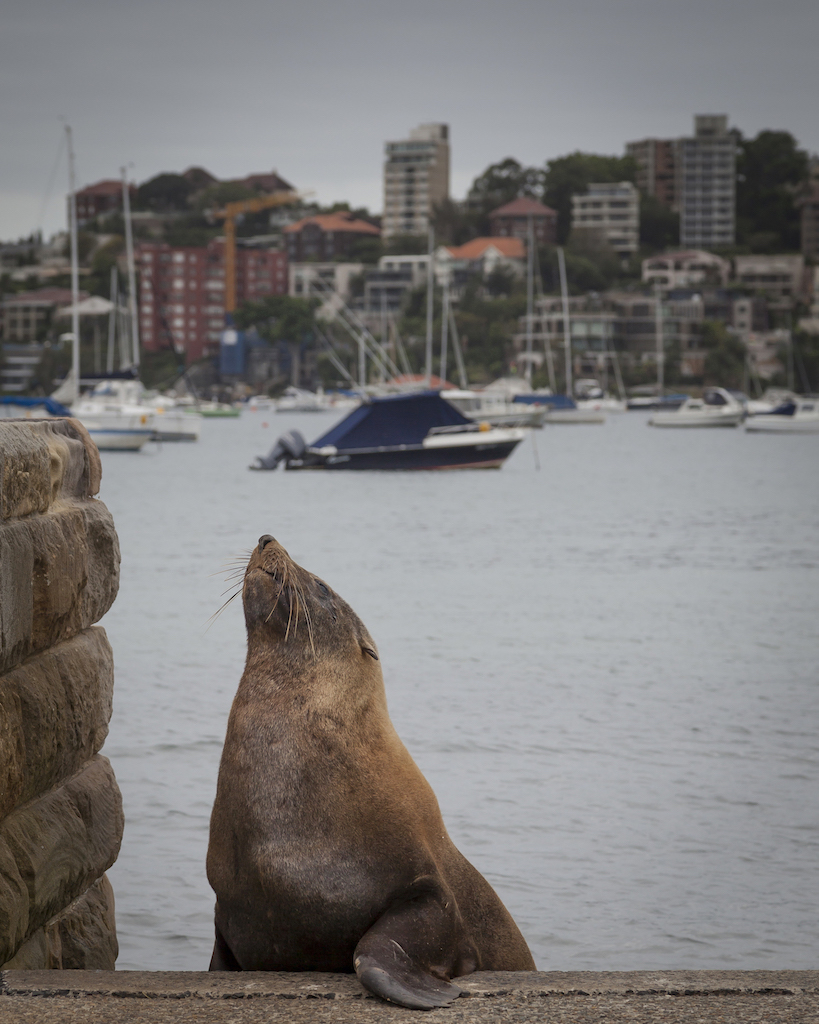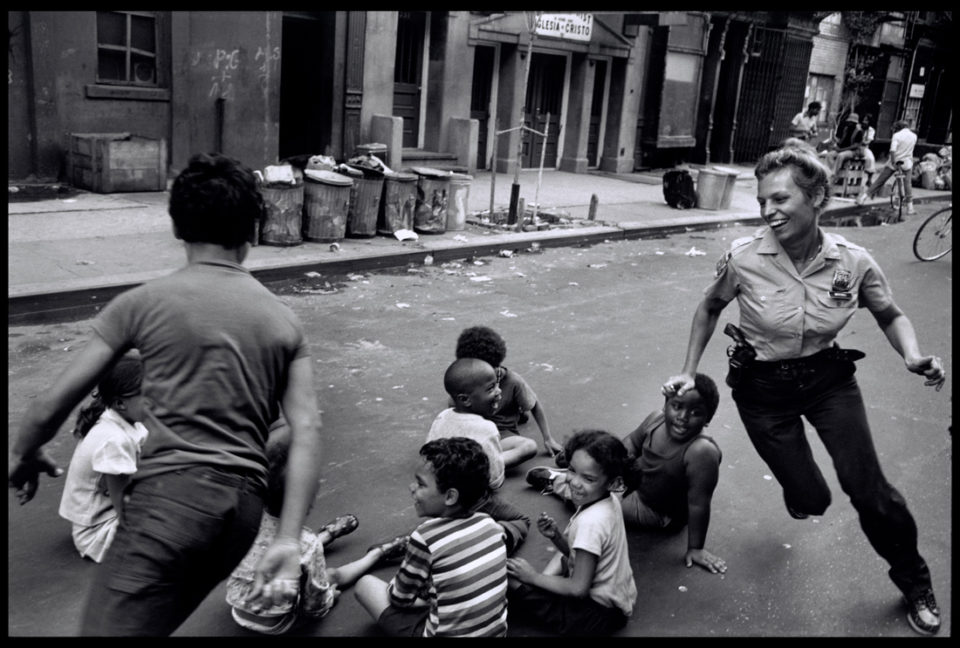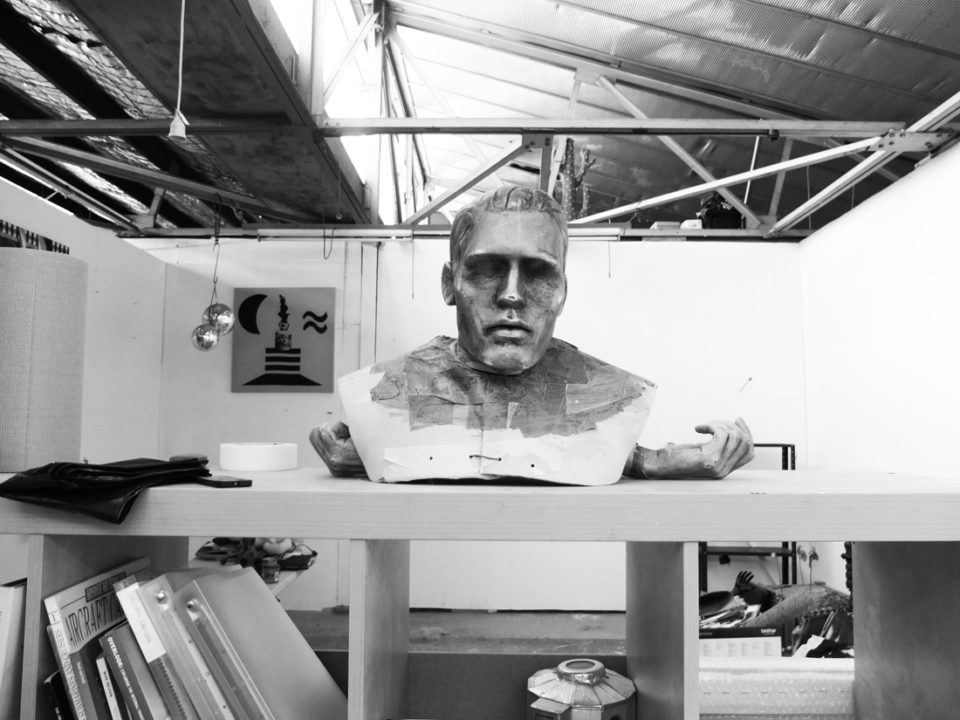It was easy to forget that its purpose was not to amuse or thrill us. A big lump of lard with long whiskers, dark flippers and a neck outstretched to catch the sun. A black nose like something well-stitched on a child’s teddy bear. Our unwitting performing seal. For a couple of weeks, residents of Rushcutters Bay observed him flopping about from a 40-metre exclusion zone roped off by the City of Sydney. We were seen on the news showing our “delight.”
The authorities warned us that seals have sharp teeth and can charge if you get between them and the water. Despite this, at first, it was a happy story. The ABC news website had Shona Lorigan, a volunteer with the Organisation for the Rescue and Research of Cetaceans in Australia (ORRCA) reporting the adult male fur seal to be in good health. Nothing of concern was noted.
The seal was variously “basking”, “napping” “spotted” and “taking up residence” in and around Rushcutters Bay. If news reports could smile, these ones did so ear-to-ear. In the way of cute animal stories, the creature was given a name on social media: Sealvester. Locals were asked to keep our dogs on their leads as curious children tested the limits of the barrier. Some observers were censorious of others deemed not to be careful enough with their dogs and children, not respectful enough of Sealvester. There was other talk that some were finding the animal’s presence an inconvenience.
Then something went wrong. Sealvester’s health went south. He rapidly lost weight. Barriers had been put up to prevent him from becoming a permanent resident. Some believe he injured himself while trying to push against them. On 5 April, Sealvester was shot with an anaesthetic dart following veterinary advice that his flipper and eye injuries required treatment. He died under anaesthesia in the back of a white van on the way to Taronga Zoo. A necropsy was ordered.
I contacted City of Sydney to ask why the barriers had been put up to block Sealvester’s path. The response was curt:
“Rushcutters Bay Park is frequented by residents and children. Our park’s staff set up some barriers as a precaution to protect the seal and the public. The barriers were put up on the advice of NSW National Parks. All further enquiries relating to the seal should be directed to NSW National Parks or Taronga Wildlife Hospital.”
I contacted NSW National Parks to ask, among other things, if anything could have been done better. Declining to answer that question, they did send their media release for my background.
The seal’s funeral was a solemn affair. In the early, still-balmy Friday night dark, about 30 of us gathered in Rushcutters Bay to remember him. There were candles, a photo from happier times. A woman read an ode. Petals were thrown into the sea. Locals exchanged anecdotes and theories, some flagged conspiracies.
The morning after Sealvester’s death, I visited Rushcutters Bay Park where some residents had not yet caught up with his fate. They were shocked and saddened. A sudden death in the neighbourhood will do that.





